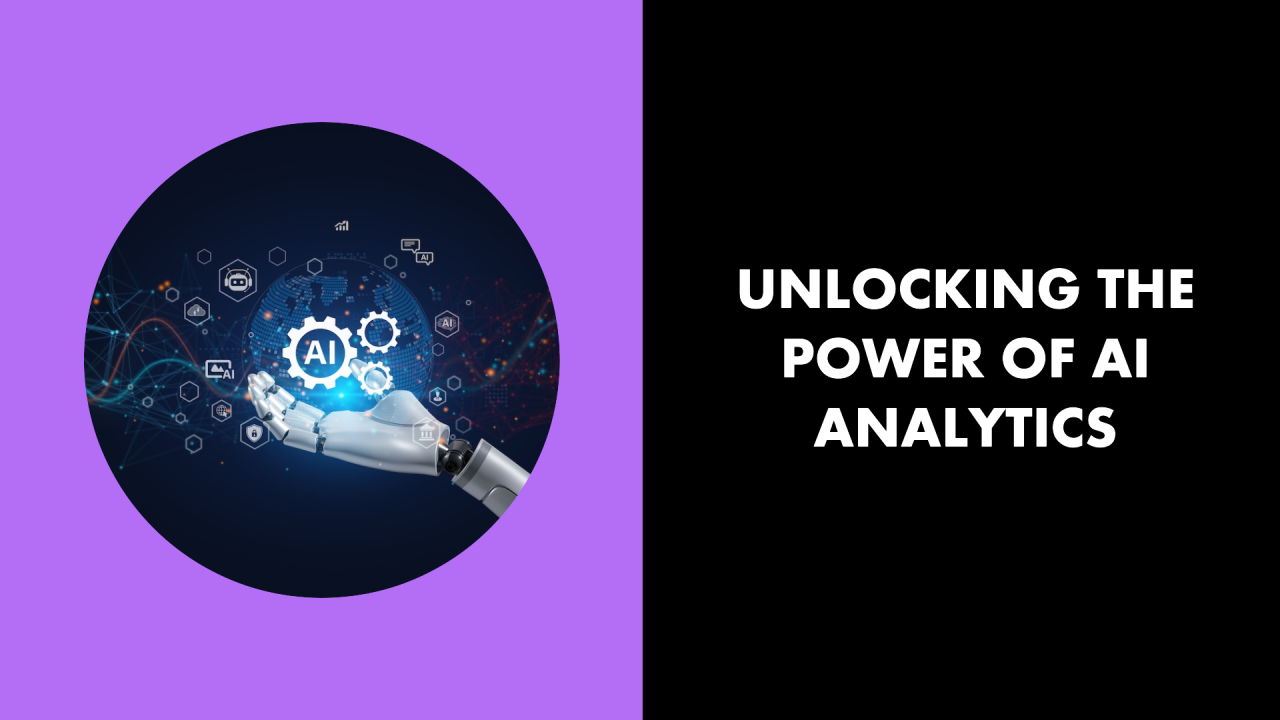
In today’s rapidly evolving business intelligence (BI) landscape, the integration of generative AI (Gen AI) into BI tools offers a breakthrough way to improve decision making. This powerful fusion can help to overcome some of the most persistent challenges in data analytics.
Let’s explore how these technologies can be integrated to overcome these barriers and improve decision making processes across organizations!
Understanding the role of context
In any business environment, context plays a critical role in how AI-driven BI interprets and processes queries. Employees bring a wealth of contextual knowledge, such as industry-specific jargon and company-specific acronyms, that AI must accurately interpret for effective decision-making.
MicroStrategy accomplishes this by enabling the AI to access and learn from organizational information, making interactions more natural and efficient. For example, if an employee uses a specific acronym, the AI bot can interpret it as a coworker would, thanks to MicroStrategy’s Semantic Graph. This robust framework understands roles, security levels, and data views to tailor responses to each user’s needs.
Barriers to analytics adoption
Organizations often face three significant barriers to widespread analytics adoption: workflow friction, varying levels of data literacy, and trust in the data.
1. Friction in workflows
People rely on their instinct to make decisions because they don’t have the time to find the information they need to make data-driven decisions.
Access to information is most effective when it is embedded directly into the user’s workflow. However, when users must step out of their workflow to navigate dashboards or search for insights, they are less likely to engage, leading to underutilization of analytics tools.
2. Data literacy
The learning curve for analytics applications is often steep, making it difficult to gain the expertise needed to perform self-service analytics.
Not everyone in an organization is a data expert. While some employees may know what data they need, they may lack the skills to build or analyze datasets themselves. This gap can hinder effective decision making and slow down processes as employees wait for more data-savvy colleagues to assist them.
3. Trust
Disparate data systems can lead to conflicting insights. As a result, people may not trust the data they need to make more informed decisions.
With an overwhelming amount of data available, ensuring the accuracy and reliability of information is crucial. Without trust in the data, any insights generated are of little value, as users may hesitate to act based on them.
Solution: HyperIntelligence
To address these challenges, MicroStrategy introduced HyperIntelligence, a tool designed to reduce friction by delivering analytics directly to frontline workers. HyperIntelligence connects data to a “hypercard,” a compact, data-rich map that can be overlaid on any application.
Reducing friction in workflows
These hypercards can be customized to display information about any “noun” within an organization, such as a customer, product, or location. This flexibility allows users to access the most relevant data briefly, without leaving their current application or workflow. This not only saves time but also increases the likelihood that employees will use the available data, driving higher adoption rates across the organization.
Bridging the data literacy gap
The rise of generative AI, particularly large language models (LLMs) such as GPT-4, has generated excitement for its ability to understand and generate human-like text. However, LLMs have inherent limitations. They require large amounts of data for training, which can introduce bias, and they are not ideal for performing precise data analysis.
Recognizing these limitations, MicroStrategy developed a solution that combines the strengths of LLMs with the rigor of BI. This hybrid approach, called Auto, acts as an AI-powered BI assistant that helps users navigate and analyze data more effectively, empowering non-technical employees to interact with data more intuitively and confidently.
This integration is designed to be transparent, allowing users to see how their questions were interpreted and how the system arrived at its answers. This builds trust in the system and assures users that the AI’s answers are both accurate and reliable.
Ensuring trust and security
Trust and security are paramount when integrating AI with business intelligence, especially when dealing with sensitive business data. MicroStrategy ensures that only minimal, anonymized data is shared with the AI to maintain privacy and security. The AI is configured to have no memory of interactions, further protecting data integrity.
In addition, the system allows users to provide feedback on the AI’s responses, enabling continuous improvement. If an answer doesn’t meet expectations, users can say so, and the AI learns from feedback to improve future interactions. This feedback loop is critical to refining the AI’s performance and ensuring that it evolves to meet the specific needs of the organization.
Summary
As AI and BI technologies continue to evolve, the potential for creating more intuitive and impactful data-driven solutions will only grow. MicroStrategy is at the forefront of this evolution, committed to bringing intelligence to every corner of the organization and making data insights more accessible and actionable than ever before.
Contact us to find out more about MicroStrategy and its solutions!
(source: https://www.microstrategy.com/blog/breaking-the-analytics-adoption-barrier-with-ai)


